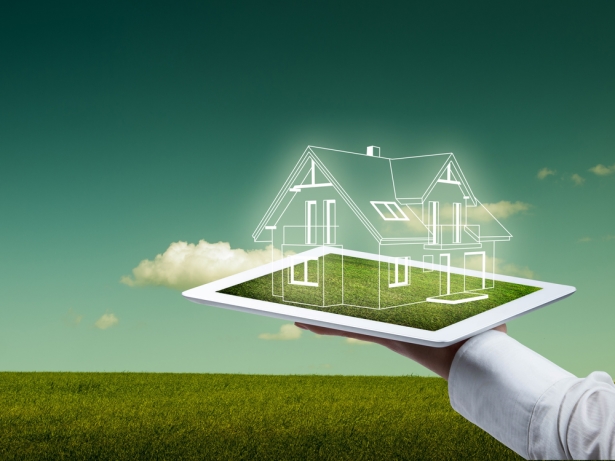The recession was a great spur for the green movement; saving energy saves money. In turn, mainstream adoption of the green movement has contributed to the rise of the "smart home," because so much about home automation can be linked to energy savings. A smart home lets the homeowner reduce consumption by only using energy where and when it's most needed, saving money and the planet without affecting comfort.
When considering any green building project, from new construction to remodeling, implement home automation technology in the following areas to create a smarter, greener and happier home (and homeowner).
1. Smart Climate Control
A green builder who hasn't heard of the Nest Learning Thermostat should probably have his qualifications revoked, but whether you go nutty for Nest or think its overpriced hype, climate control is definitely the primary way to offset a home's carbon footprint.
Wi-Fi enabled thermostats have the ability to save significantly more energy than "dumb" thermostats, in part because they can be controlled from anywhere. So when the homeowner overrides the carefully thought-out schedule because it was really hot one morning, he or she can easily adjust it from the office or train station.
Another small change that makes a large difference in climate control is smart shades. Window coverings such as the Lutron Shade System can be pre-programmed to open and close during the hottest periods of the day, using or excluding the power of passive solar from the home, depending on need.
2. Smart Energy Control
Most home automation devices operate through sensors: motion, contact and climate. According to a recent study, 84 million contact and motion sensors will ship by 2018, in large part due to the fact that they can be used for energy savings, as well as the more traditional use of home security. Equipping a house with multiple sensors, such as these by Wink, can save energy by switching off lights when there is no motion, turning down humidifiers when the room reaches desired saturation, and alerting homeowners to windows or doors left open.
Additionally, smart plugs can be connected to large appliances such as dishwashers, washing machines and tumble dryers, to time them to work at off-peak hours, reducing the demand on the power grid.
3. Smart Lighting
The simplest and most efficient ways to create an energy-saving smart home is to "brighten" the lighting. There are two different options here: installing Wi-Fi enabled LED bulbs (such as the TCP Connected Smart LED Light Bulb), or going for a more "ground up" solution by installing Wi-Fi enabled switches and sockets that allow wireless control over regular bulbs and lamps. (Options include GE's Z-Wave Wireless Lighting Control Duplex Receptacle and Lutron's wireless in-wall dimmers.)
Either choice allows a homeowner to turn lighting on and off from anywhere, but for more assured energy savings, both can be connected to sensors, letting them do the hard work of remembering when to turn lights on and off.
Focusing home automation in these three areas is a step in the right direction toward a smarter, greener home, but it's important that the homeowner be able to control the technology easily. Incorporate anything too complicated, and the energy savings will likely fall by the wayside. The recent debut of sophisticated, yet simple, smart home hubs, such as Smart Things and Wink, are a great solution for tying all the disparate systems together. However, before you commit to a hub, make sure the technologies you are installing are compatible.

Report Abusive Comment